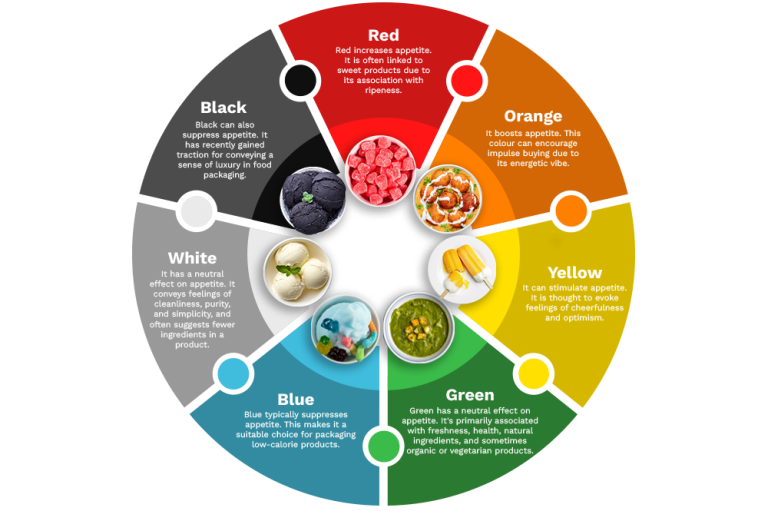
In today’s age of smart kitchens and instant meals, it’s easy to forget that cooking is one of the oldest human traditions. Long before the invention of ovens, microwaves, or air fryers, our ancestors developed ingenious methods to transform raw ingredients into flavorful, nourishing meals — often using nothing but fire, stone, leaves, or the earth itself.
What’s fascinating is that many of these ancient cooking techniques are still in use today, not just in remote villages but in gourmet kitchens and food festivals around the world. These time-tested methods carry flavors, rituals, and stories that connect us to the past — and often produce food that’s more flavorful and wholesome than modern shortcuts.
Let’s take a journey back in time and uncover some ancient techniques that continue to shape how we cook and eat.
1. Pit Cooking (Earth Ovens)
Used by: Indigenous peoples across the Americas, Polynesia, Africa, and India
Still seen in: Hawaiian luau (imu), Indian dum pukht, Middle Eastern zarb
This method involves digging a pit in the ground, lining it with hot stones, placing food (often wrapped in leaves), and covering it to slowly cook for hours.
Why it’s timeless:
- Acts like a natural slow cooker
- Infuses food with smoky, earthy flavor
- Perfect for meats, root vegetables, and whole meals
2. Stone Boiling
Used by: Native American tribes, early East Asian and European cultures
Still seen in: Hot stone soups in Mongolia, Korean hot pot dishes
Heated stones were placed in wooden or animal skin vessels filled with water, bringing it to a boil without metal pots.
Why it’s timeless:
- Allowed boiling before metal cookware
- Adds mineral essence and visual drama to broths
- Preserved nutrients in food through gentle heating
3. Fermentation
Used by: Nearly every ancient culture — from Egyptian beer to Korean kimchi
Still seen in: Yogurt, sourdough bread, kombucha, miso, pickles
Fermentation is the art of using beneficial bacteria and yeast to transform and preserve food.
Why it’s timeless:
- Boosts flavor and shelf-life
- Enhances gut health
- Adds depth and complexity to everyday foods
4. Clay Pot Cooking
Used by: Ancient Romans, Chinese dynasties, Indian rural kitchens
Still seen in: Moroccan tagine, Indian handi, Chinese sand pots
Clay pots provide even, gentle heat and impart a rustic, earthy aroma to food.
Why it’s timeless:
- Requires less oil
- Retains moisture and nutrients
- Excellent for slow-cooked stews and rice dishes
5. Cooking in Leaves
Used by: Amazonian tribes, Southeast Asian cultures, African tribes
Still seen in: Tamales (corn husks), Thai banana leaf fish, Indian patravali meals
Wrapping food in banana leaves, corn husks, or fig leaves locks in moisture and adds aroma.
Why it’s timeless:
- Biodegradable and natural
- Steams food gently
- Imparts herbal fragrance and protects from direct heat
Why These Techniques Endure
Even in the age of high-tech cooking, ancient methods are making a comeback:
- Flavor: The depth and authenticity of flavors created through natural cooking are unmatched.
- Sustainability: Techniques like leaf-wrapping and pit cooking are eco-friendly.
- Health: Minimal processing and slow cooking help retain nutrients.
- Connection to Culture: These methods are passed down through generations, keeping culinary traditions alive.
Conclusion
Ancient cooking techniques are more than just relics of the past — they’re living traditions that continue to nourish, delight, and inspire. By using earth, fire, stone, and time, our ancestors discovered powerful ways to honor ingredients and bring people together.
Whether it’s enjoying a clay pot curry, sipping fermented kombucha, or attending a traditional pit roast, you’re not just tasting food — you’re tasting history.





